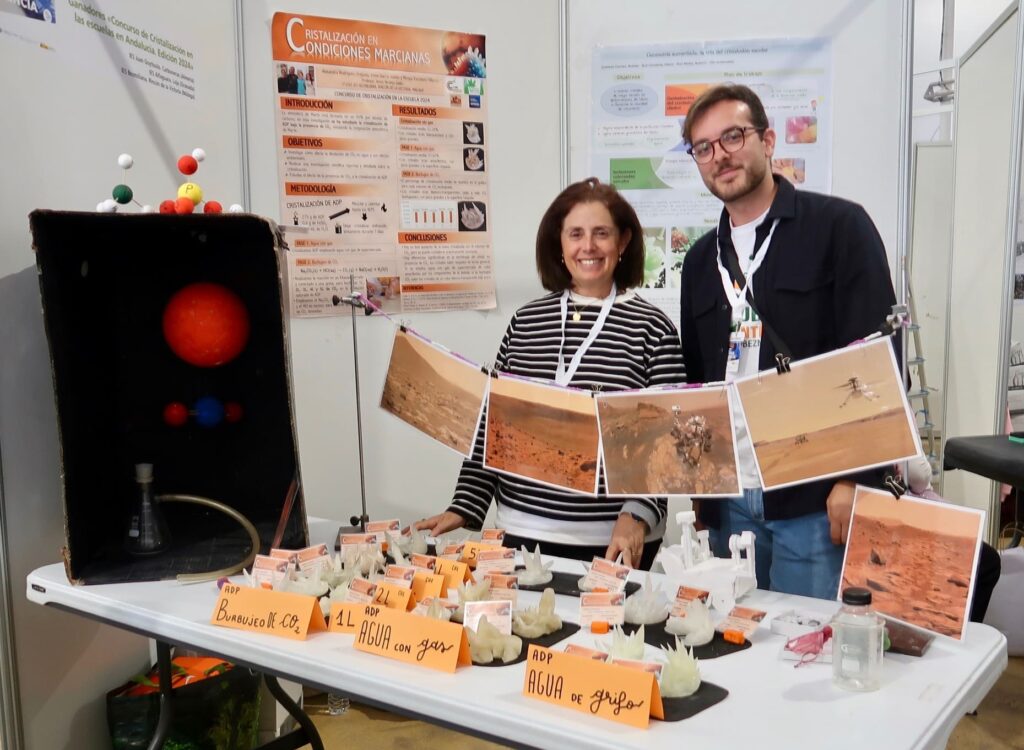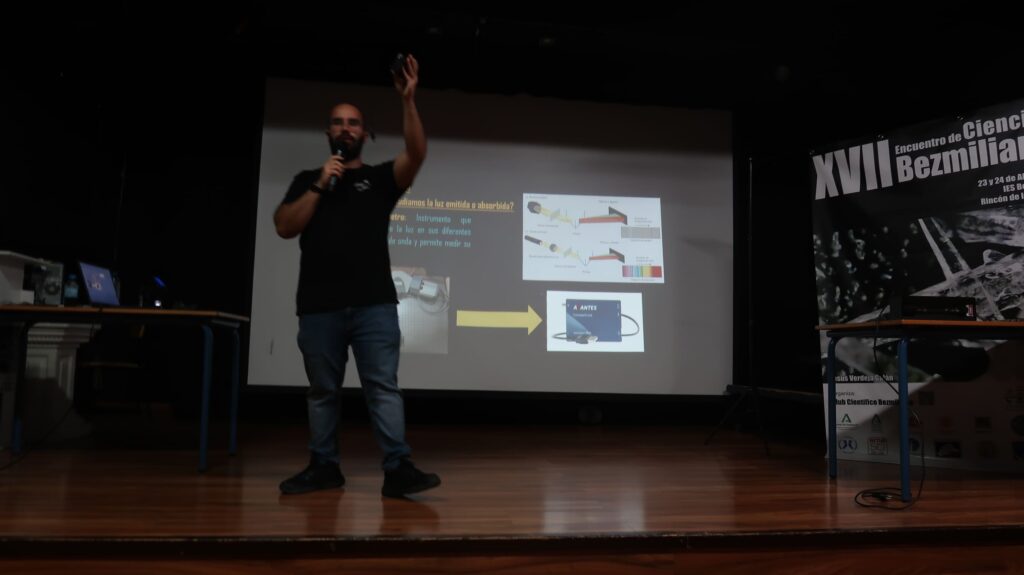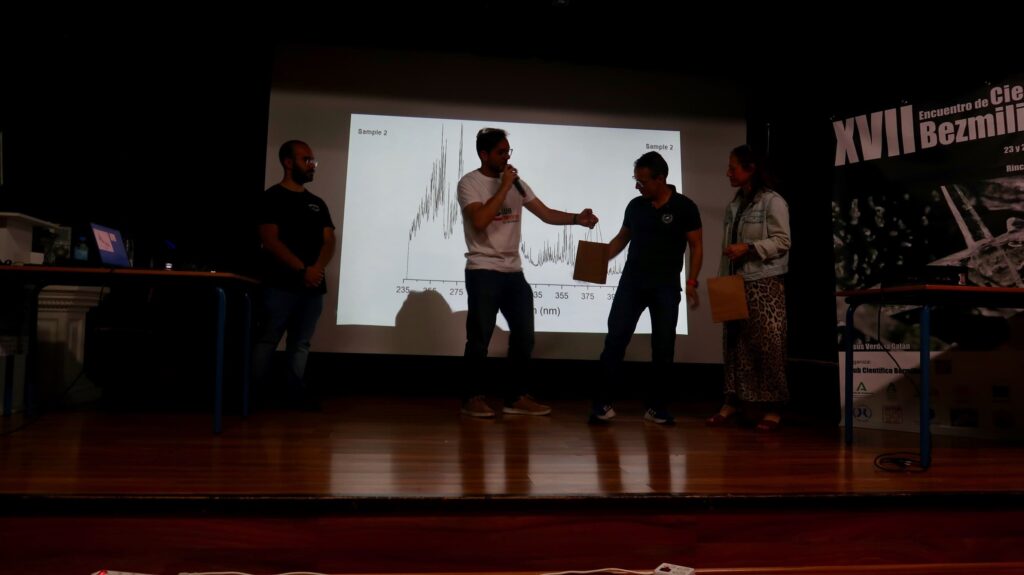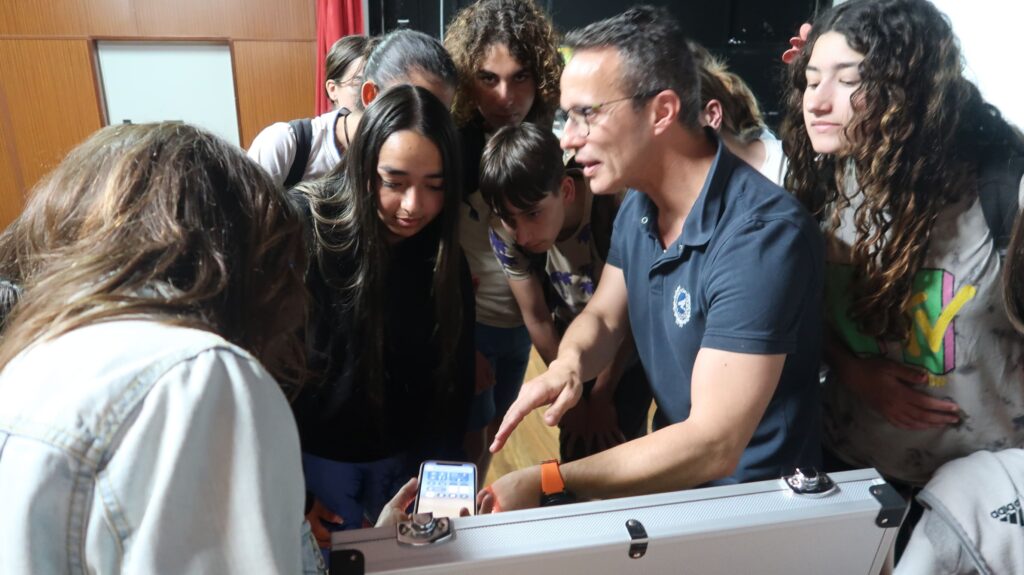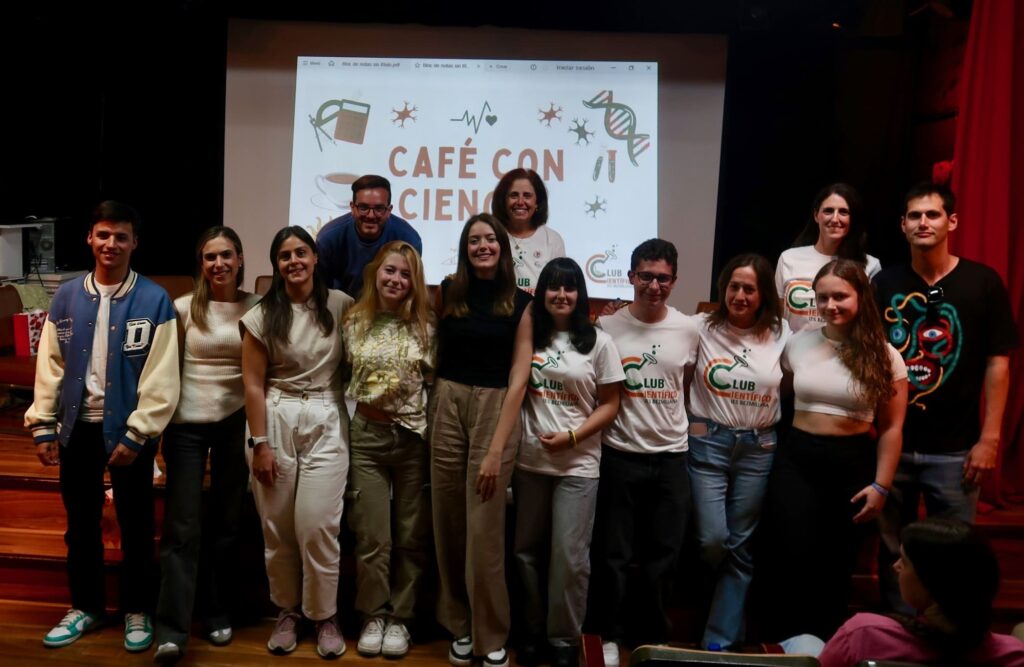Dom 27 Jul 2025
The Evolution of Digital App Stores and Their Impact on Small Businesses
Sin clasificarComentarios desactivados en The Evolution of Digital App Stores and Their Impact on Small Businesses
Over the past decade, digital app stores have transformed from niche distribution channels into vital ecosystems for developers and small businesses alike. Since their inception, these platforms have grown exponentially, shaping how products reach users worldwide. This article explores how the evolution of app stores, particularly Apple’s App Store, has increasingly supported small business growth by providing tools, policies, and opportunities that foster innovation and visibility.
Understanding this evolution is crucial for small entrepreneurs aiming to leverage platform capabilities effectively. From early limitations to the current landscape filled with support features, the journey reflects a broader shift towards inclusivity and technological empowerment. To illustrate these principles, consider the modern example of space fly plunge, which exemplifies how small developers can capitalize on evolving app store dynamics.
Table of Contents
- The Foundations: Early App Store Models and Their Limitations for Small Businesses
- The Shift Toward Supportive Ecosystems: Features and Policies Enhancing Small Business Opportunities
- Technological Growth and Its Implications for Small Business App Development
- User Engagement and Retention Strategies: Supporting Small Business Growth
- Non-Obvious Factors Shaping the Support Ecosystem
- Case Studies: Small Business Success Stories on Apple’s App Store
- Future Trends: How Apple and Other Platforms Will Continue to Support Small Businesses
- Conclusion: Navigating the Evolving App Store Landscape as a Small Business
The Foundations: Early App Store Models and Their Limitations for Small Businesses
In the initial stages of app store development, platforms like Apple’s App Store and Google Play adopted straightforward models centered on basic distribution and revenue sharing. Early app stores primarily functioned as digital catalogs, with limited support for developers’ growth or marketing efforts. Monetization was often restricted to simple purchase or ad-based models, which posed challenges for small developers lacking substantial marketing budgets.
Small developers faced significant hurdles, including high entry costs, limited exposure, and complex submission processes. Early limitations meant that even innovative ideas struggled to find an audience, and the lack of support tools hindered scalability. For example, initial app stores lacked comprehensive analytics, user engagement features, or targeted promotional opportunities—elements now recognized as essential for small business success.
Learning from these early limitations, platforms recognized the need to evolve towards more inclusive ecosystems that empower small creators through better tools, policies, and support systems.
The Shift Toward Supportive Ecosystems: Features and Policies Enhancing Small Business Opportunities
Over time, app stores introduced a variety of features aimed at leveling the playing field for small developers. Apple, for instance, rolled out developer tools such as Xcode, TestFlight, and extensive documentation, making it easier for small teams to create, test, and publish apps efficiently. Additionally, revenue sharing policies became more flexible, with lower fees for smaller apps or startups, encouraging experimentation and innovation.
Promotional programs like featured placements, developer grants, and targeted marketing campaigns further increased visibility for small businesses. Google Play’s support features—such as early access programs and user review management—also contributed to a more inclusive environment, demonstrating how policy shifts can directly impact small business success.
| Feature | Impact on Small Businesses |
|---|---|
| Developer Tools & Resources | Simplify app creation and testing, reducing entry barriers |
| Revenue Sharing & Fees | Lower costs promote experimentation and risk-taking |
| Promotional Opportunities | Enhanced visibility and discoverability for small apps |
Technological Growth and Its Implications for Small Business App Development
Advancements in technology have significantly lowered barriers for small businesses to develop sophisticated apps. Increasing device capabilities, cloud computing, and powerful frameworks enable small teams to create feature-rich products without extensive resources. The growth of app sizes, once a challenge, now benefits from improved compression algorithms and distribution networks, allowing larger apps to reach users seamlessly.
Tools like SwiftUI, React Native, and Flutter facilitate cross-platform development, helping small startups reach multiple markets with minimal overhead. These frameworks abstract complex coding tasks, making app creation more accessible and cost-effective. As a result, small businesses can innovate rapidly, integrating features like augmented reality (AR) or machine learning, which were previously reserved for large corporations.
The impact of technological progress is exemplified by small developers leveraging cloud services (e.g., AWS, Firebase) for scalable backend solutions, reducing infrastructure costs and enabling dynamic app features.
User Engagement and Retention Strategies: Supporting Small Business Growth
In a competitive app environment, retaining users is crucial for small businesses. High churn rates challenge sustained growth, prompting platforms like Apple to introduce features that foster user engagement. Push notifications, personalized recommendations, and loyalty programs are now standard tools for small developers aiming to build lasting relationships with their audience.
Apple’s App Store, for example, provides analytics dashboards and testing tools that help optimize user experience and retention. Similarly, Google Play’s beta testing and review management features enable iterative improvements based on real user feedback. These support mechanisms are vital for small businesses to adapt quickly and maintain growth momentum.
«Supporting user engagement isn’t just about retention; it’s about creating a loyal community that fuels sustainable growth.»
Non-Obvious Factors Shaping the Support Ecosystem
While policies and features are visible drivers, less obvious factors also influence small business success on app stores. App discoverability heavily relies on algorithms that prioritize relevance, ratings, and recent activity, meaning small developers must optimize app metadata and engagement strategies.
Moreover, app size and performance directly impact user retention. Larger, slower apps tend to frustrate users, leading to higher uninstall rates. Platforms now impose stricter policies on app performance, incentivizing developers to optimize code and resource usage.
Platform policies around data privacy, monetization, and content moderation also shape the ecosystem — often favoring apps that comply with best practices, thus influencing small business strategies and operational models.
Case Studies: Small Business Success Stories on Apple’s App Store
Numerous small startups have thrived by adapting to platform evolution. For instance, a boutique fitness app leveraged Apple’s promotional programs and analytics tools to target niche audiences, resulting in a steady growth of active users. Implementing strategic updates based on user feedback and optimizing app discoverability led to sustained success.
Another example is a local language learning app that utilized cross-platform frameworks and engaged users through personalized notifications, achieving high retention rates. Their story underscores the importance of combining technological tools with marketing strategies supported by the platform.
Key lessons from these stories include prioritizing user feedback, leveraging platform support features, and maintaining agility in app development and marketing efforts.
Future Trends: How Apple and Other Platforms Will Continue to Support Small Businesses
Looking ahead, technological innovations such as augmented reality (AR), machine learning, and 5G connectivity are poised to open new avenues for small app developers. Platforms are likely to enhance their support policies, introducing more flexible monetization models and tools that facilitate discovery and user engagement.
Emerging technologies will enable small businesses to develop more immersive and intelligent apps, leveling the playing field against larger competitors. For example, integrating AR features into small retail or education apps can significantly boost user experience and retention.
Small businesses should prepare by staying informed about platform updates, investing in scalable technologies, and cultivating community engagement strategies. Platforms like Apple are expected to continue refining their policies to nurture innovation and inclusivity.
Navigating the Evolving App Store Landscape as a Small Business
In summary, the evolution of app stores reflects a broader commitment to supporting small businesses through technological, policy, and community-driven initiatives. From early limitations to today’s rich support ecosystems, platforms have become vital partners in innovation and growth.
For small entrepreneurs, understanding and leveraging these platform features is essential. By adopting best practices, staying adaptable to future trends, and utilizing available tools, small businesses can thrive in a competitive digital landscape.
Ultimately, platform evolution underpins the sustainability of small businesses, making it possible to turn ideas into successful products that reach global audiences. To explore innovative tools that support such growth, consider discovering resources like space fly plunge.






